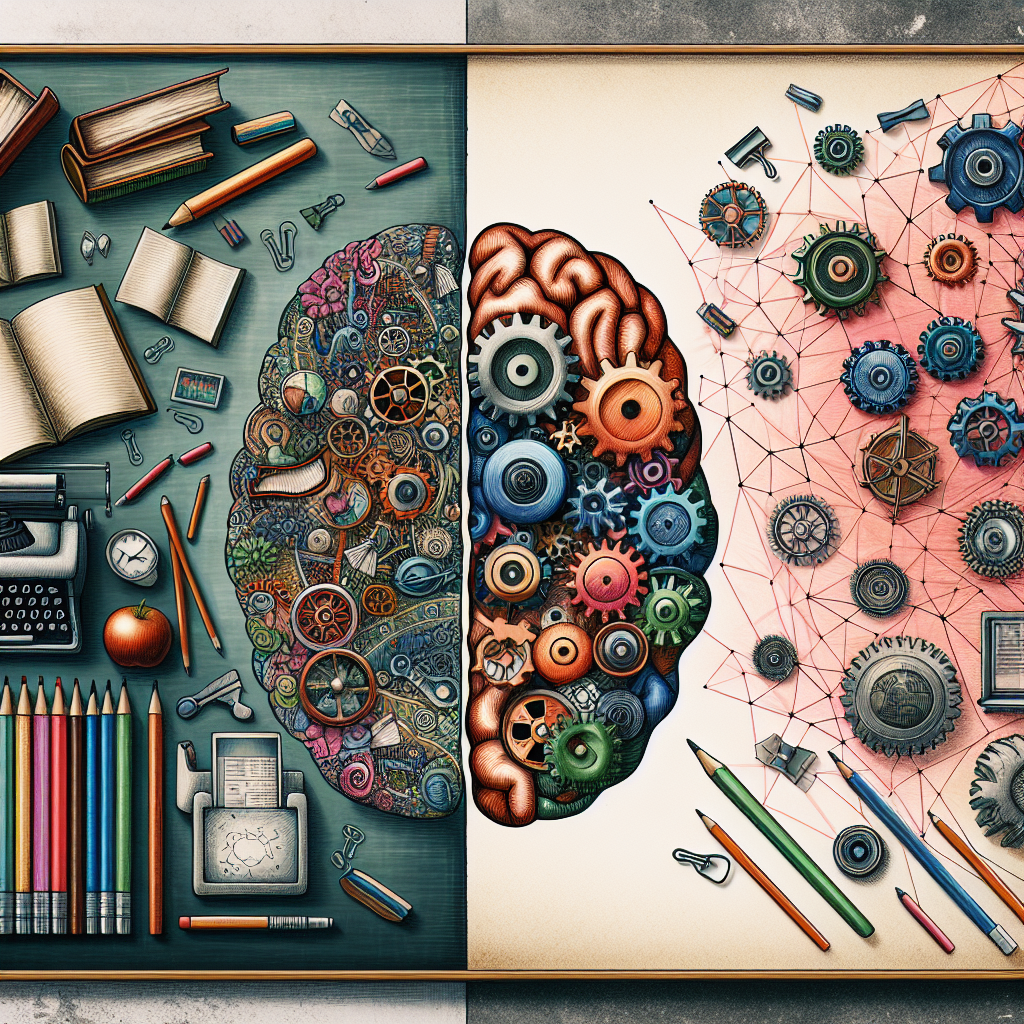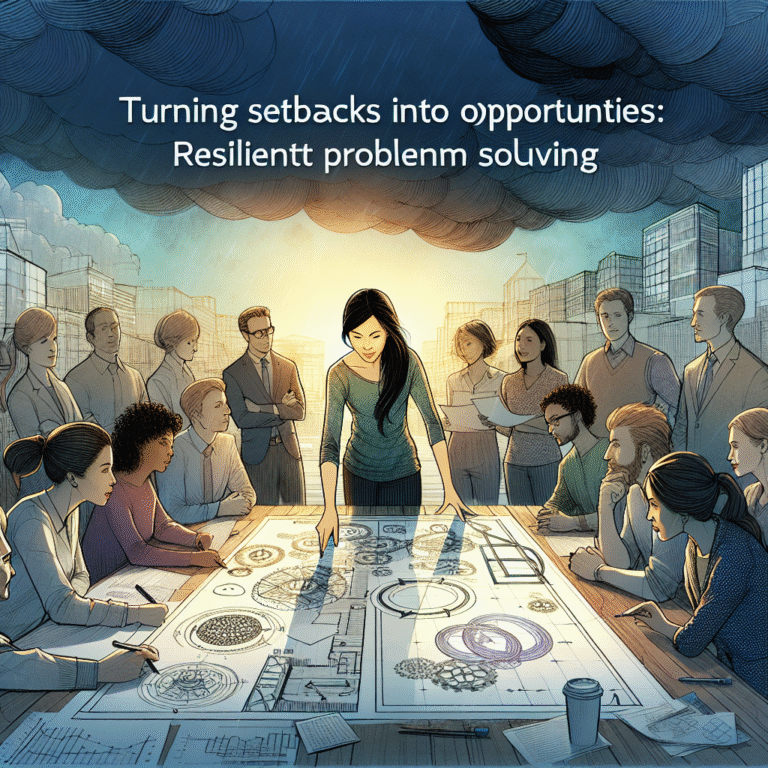
Introduction
In a world where knowledge evolves at lightning speed, the methods by which we educate our youth must also adapt. This necessity is underscored by the Cognitive Revolution: How Learning Theories Shape Education Today. This revolution marks a paradigm shift from behaviorism to understanding the mental processes underlying learning. By dissecting how cognitive theories influence modern education, we unravel the complexities of how knowledge is constructed, retained, and applied.
The relevance and importance of this topic cannot be overstated. As educators, parents, and policymakers, recognizing these insights equips us to better prepare the next generation for the challenges of an ever-changing world. So, how do these theories shape educational practices, and what can we learn from them?
The Cognitive Revolution Explained
The Historical Context
The cognitive revolution emerged in the mid-20th century as a response to the limitations of behaviorism. Behaviorists like B.F. Skinner focused solely on observable behaviors, neglecting the internal mental processes that drive learning. The cognitive revolution brought forth a new understanding that our thoughts, memories, and problem-solving abilities play pivotal roles in how we learn.
Key Theorists and Their Contributions
Jean Piaget: His theory of cognitive development highlights the stages children go through as they acquire knowledge. Piaget’s ideas about how children think differently than adults have revolutionized curricula worldwide.
Lev Vygotsky: Vygotsky introduced the concept of the Zone of Proximal Development (ZPD), emphasizing the role of social interaction in learning. His ideas underscore the importance of collaborative learning environments.
- Jerome Bruner: Bruner advocated for discovery learning, where students learn through exploration. His emphasis on the importance of structure in learning allows educators to design curricula that enhance cognitive skills.
These theorists collectively laid the groundwork for understanding how to design meaningful learning experiences in the classroom.
The Impact of the Cognitive Revolution on Education
Shift from Passive to Active Learning
The Cognitive Revolution: How Learning Theories Shape Education Today signifies a shift from passive learning approaches, where students are mere recipients of information, to active learning methods. For instance:
- Case Study: Project-Based Learning (PBL)
In a school implementing PBL, students engage in real-world problems, developing critical thinking skills. This approach has shown increased engagement and retention of knowledge compared to traditional teaching methods.
| Traditional Learning | Project-Based Learning |
|---|---|
| Passively listening | Actively engaging |
| Memorization focus | Critical thinking focus |
| Individual assignments | Collaborative projects |
Emphasis on Metacognition
Metacognition, or learning about learning, has become a cornerstone of cognitive theory. Teaching students how to reflect on their learning processes helps them take control of their education.
- Case Study: Reflective Journals in High School Science Classes
A high school adopted reflective journaling as a tool for students to evaluate their understanding of scientific concepts. The results showed improved academic performance and deeper comprehension.
Technology and Cognitive Learning
With the advent of technology, cognitive theories are taking on new dimensions. Digital tools facilitate personalized learning experiences tailored to individual cognitive pathways.
- Case Study: Adaptive Learning Software
An educational platform employing adaptive learning algorithms adjusts content based on student performance, allowing for customized pacing. This approach has resulted in higher student satisfaction and achievement.
The Role of Social Interaction in Learning
Vygotsky’s concepts remind us that collaboration enriches the learning experience. Social interaction fosters cognitive development in ways that solitary study cannot.
- Case Study: Cooperative Learning in Middle Schools
Schools that implemented cooperative learning strategies saw significant improvement in student engagement and understanding. Students taught each other, reinforcing their knowledge while developing social and communication skills.
The Influence of Cognitive Load Theory
Cognitive Load Theory (CLT) posits that our working memory has limitations. Understanding this can lead to better instructional designs that optimize learning.
- Case Study: Simplified Instructional Materials
A school reduced cognitive load in math by breaking complex problems into smaller, manageable chunks. Students who received this tailored instruction demonstrated better problem-solving skills and higher test scores.
Practical Applications of Cognitive Theories in the Classroom
Designing Learning Environments
Educators can create environments conducive to cognitive development by incorporating principles derived from cognitive theories. Key strategies include:
- Scaffolding: Gradually increasing the complexity of tasks as students show readiness.
- Feedback Loops: Providing timely, constructive feedback helps students learn from mistakes.
Integrating Technology Effectively
The Cognitive Revolution: How Learning Theories Shape Education Today suggests that integrating technology should enhance cognitive processes, not overwhelm them.
- Example: Utilizing educational apps that promote self-paced learning can empower students to explore topics deeply without excess cognitive load.
Promoting Lifelong Learning
Educators have a pivotal role in instilling a love for learning that extends beyond the classroom. Skills such as resilience, adaptability, and critical thinking are essential for lifelong learning.
- Case Study: Adult Education Programs
Adult learners who engage in cognitive-based education report higher levels of motivation and increased job performance, highlighting the ongoing relevance of these theories.
Conclusion
The interplay between cognitive theories and education is profound and consequential. As we deepen our understanding of how cognitive processes influence learning, we enable more effective teaching practices that prepare students for the complexities of life. The Cognitive Revolution: How Learning Theories Shape Education Today is not merely an academic topic; it is the foundation upon which we build the future of education.
As you reflect on the implications of these theories, consider how you can apply these insights in your own teaching or learning journey. The future is bright for those who embrace the cognitive revolution in education.
FAQs
What is the Cognitive Revolution?
- The Cognitive Revolution refers to a shift in psychology and education focusing on mental processes, moving away from behaviorism.
How do cognitive theories influence teaching?
- They provide insights into how students learn, leading to more effective teaching strategies that promote active, engaged learning.
What are some examples of cognitive learning strategies?
- Examples include project-based learning, metacognitive strategies, and collaborative learning methods.
Why is metacognition important in education?
- Metacognition helps students understand their learning processes, enabling them to regulate their study habits and improve performance.
- How can technology support cognitive learning?
- Technology can facilitate personalized learning experiences, making it easier for students to engage with content that matches their cognitive abilities.
In an era of constant change, understanding the impact of cognitive theories on education equips us to navigate the challenges ahead. The cognitive revolution not only shapes how we teach but also molds the learners of tomorrow, ensuring they are well-prepared for a complex world.














